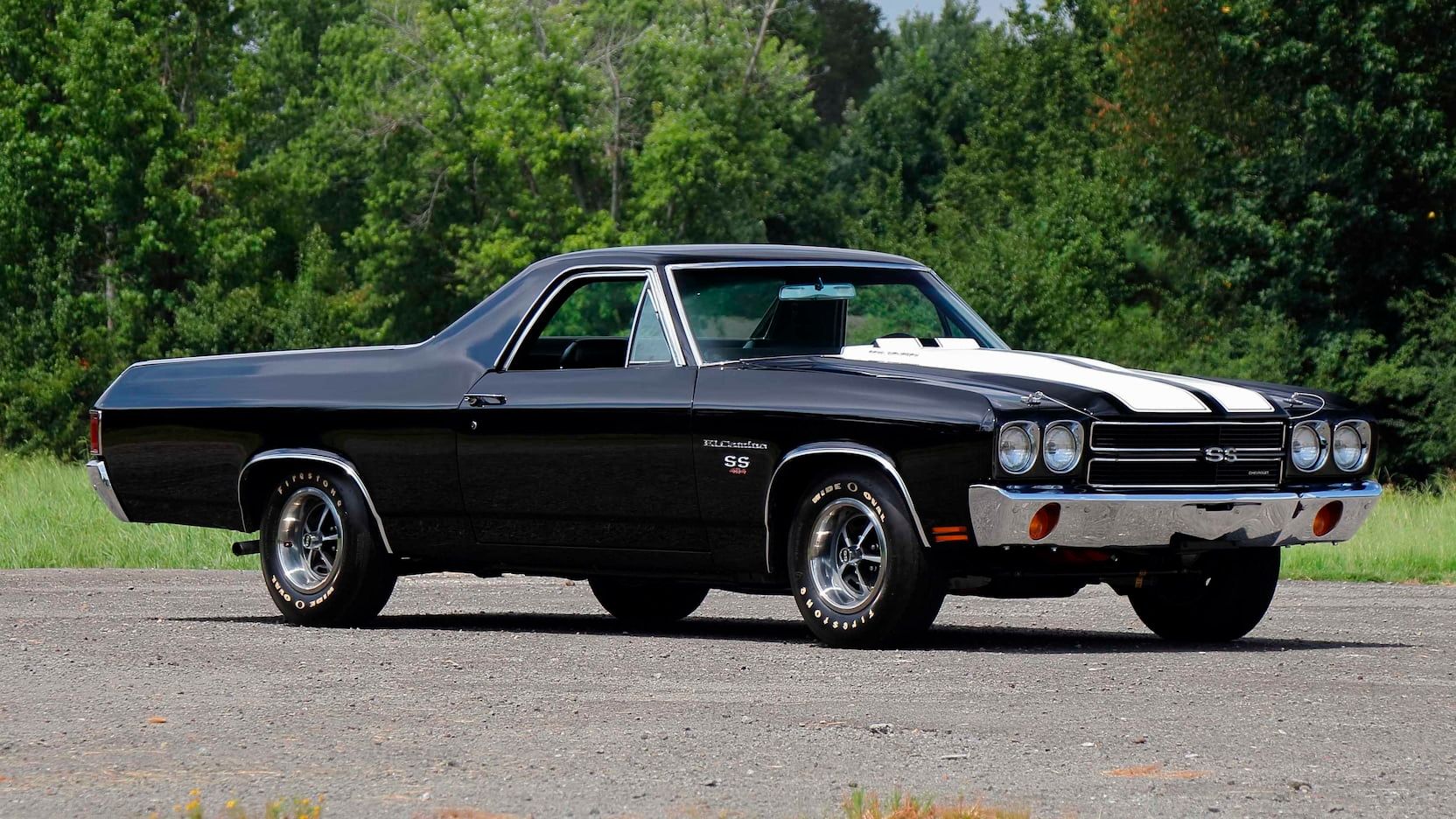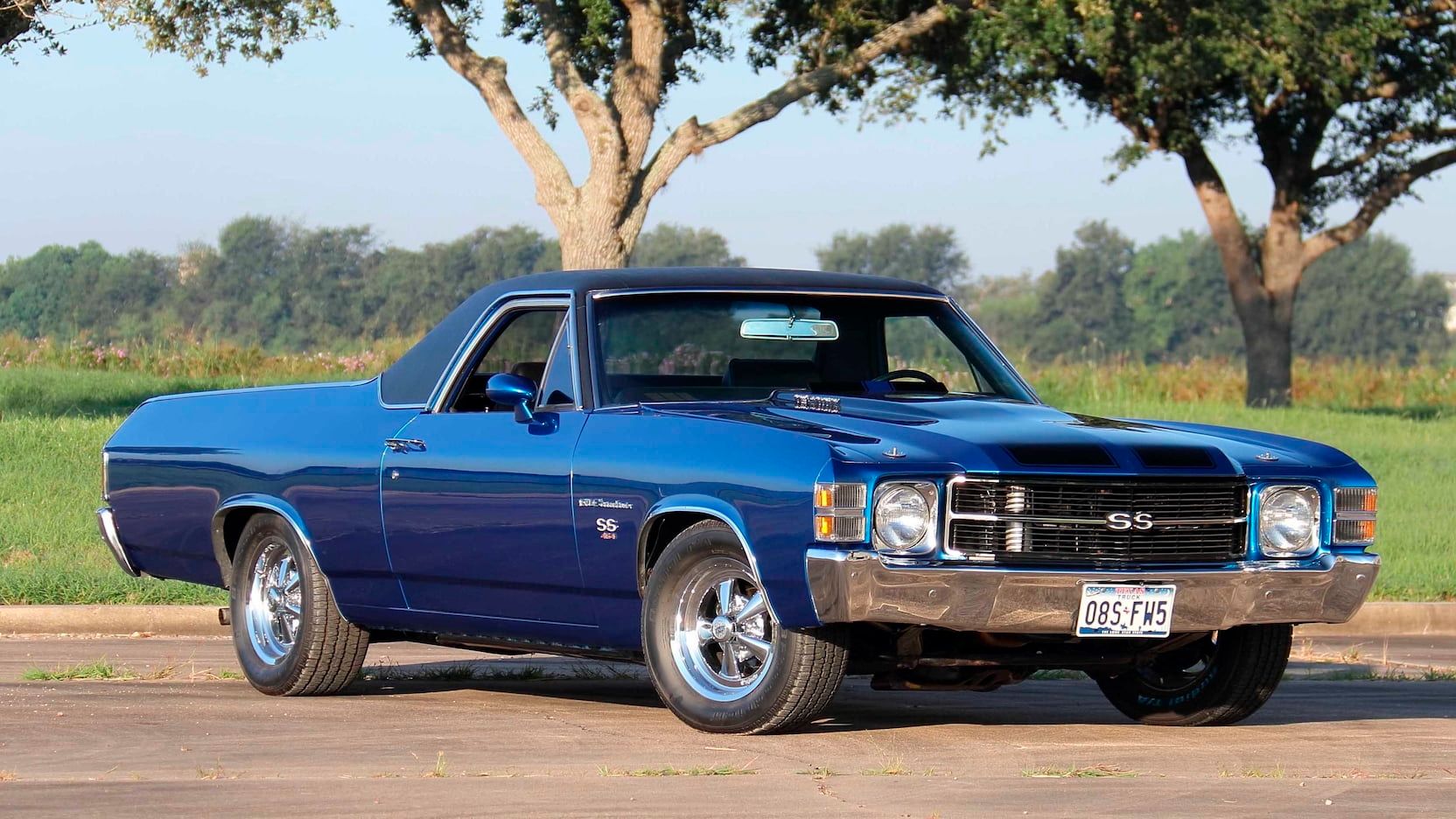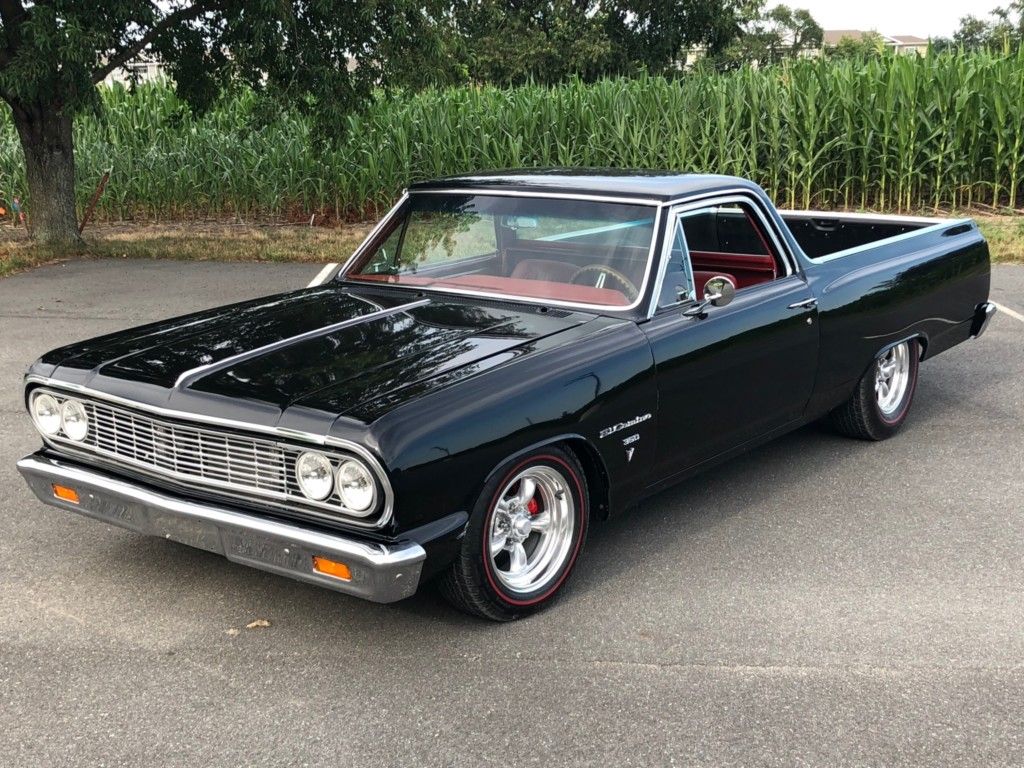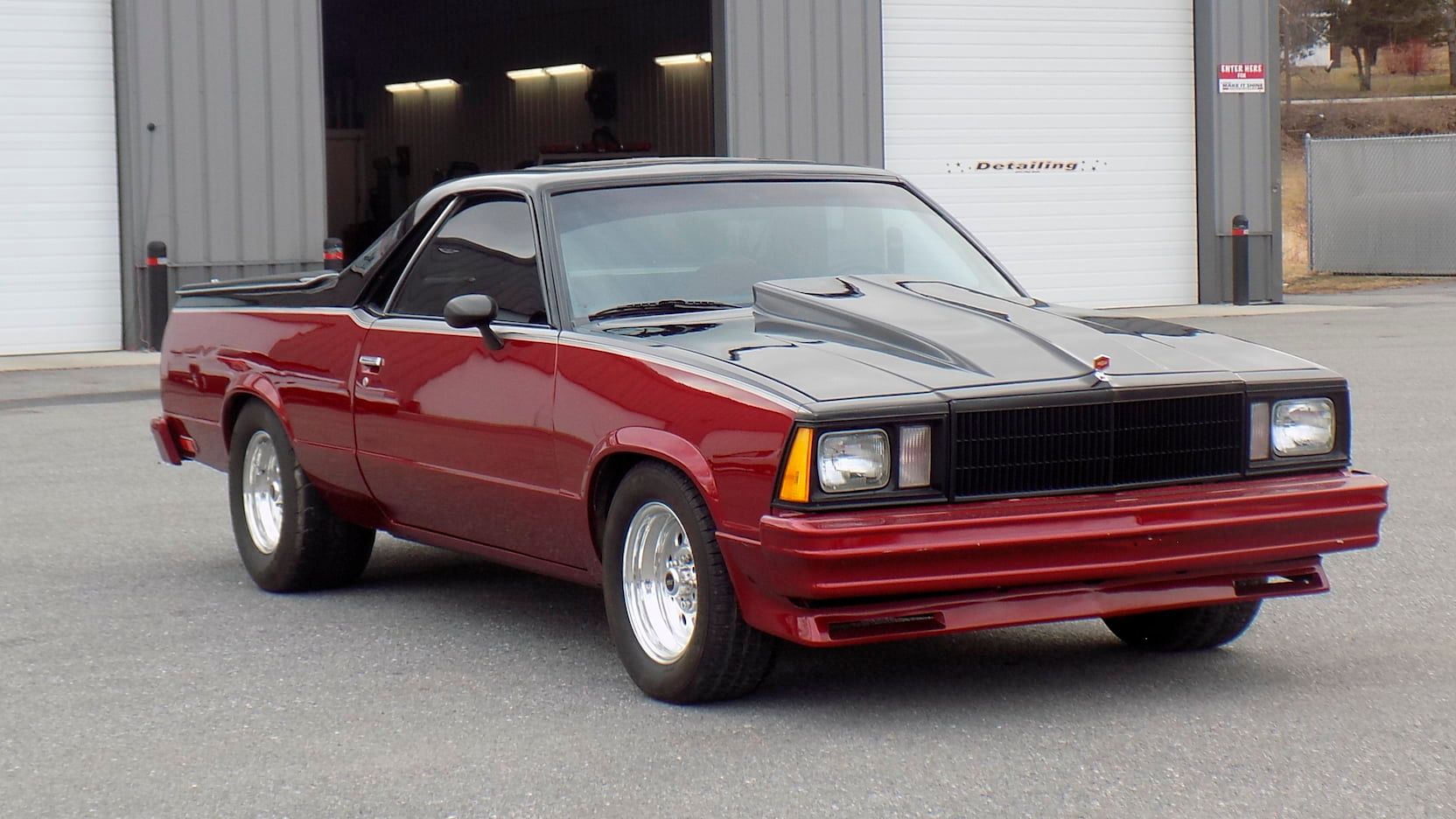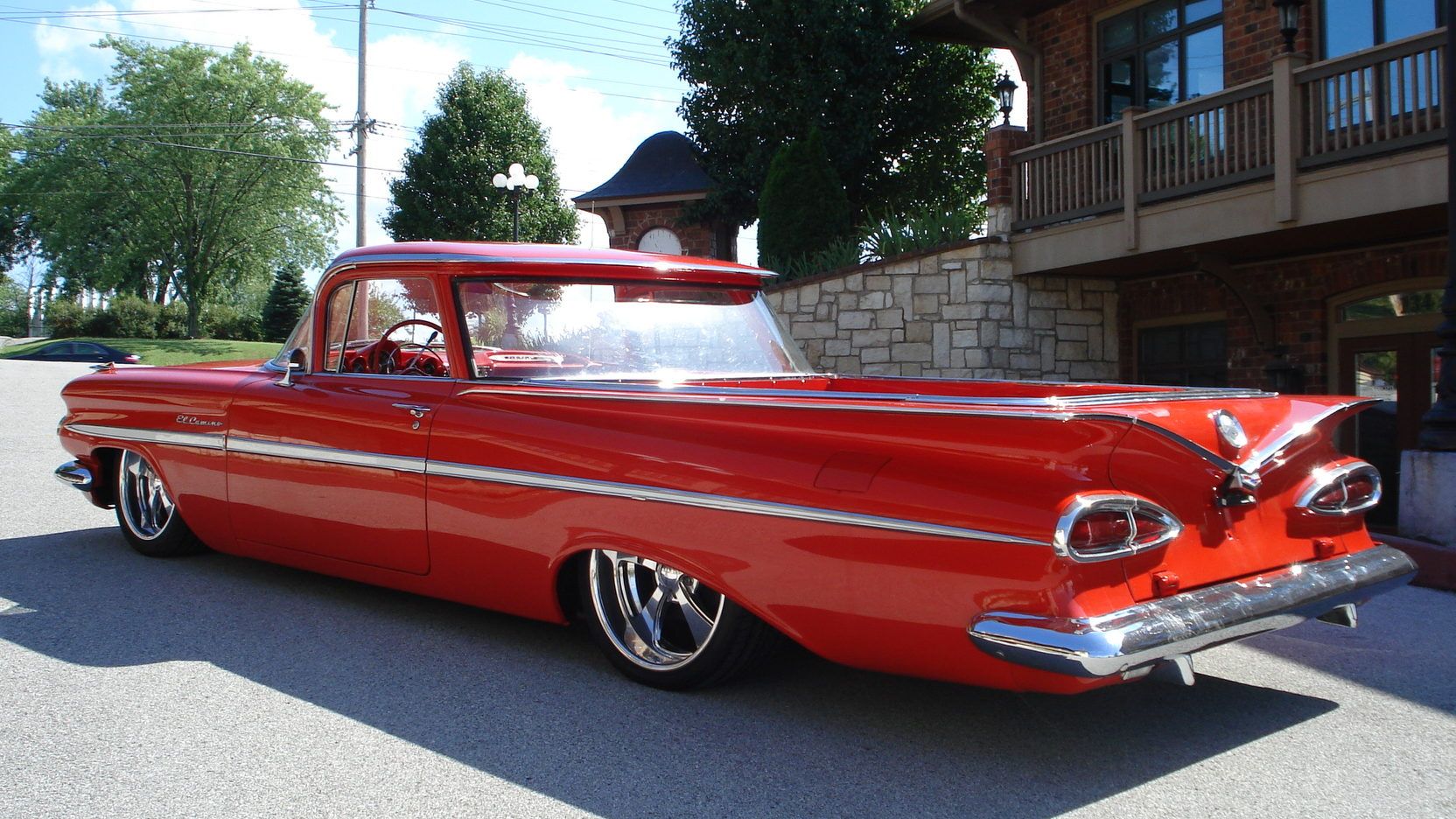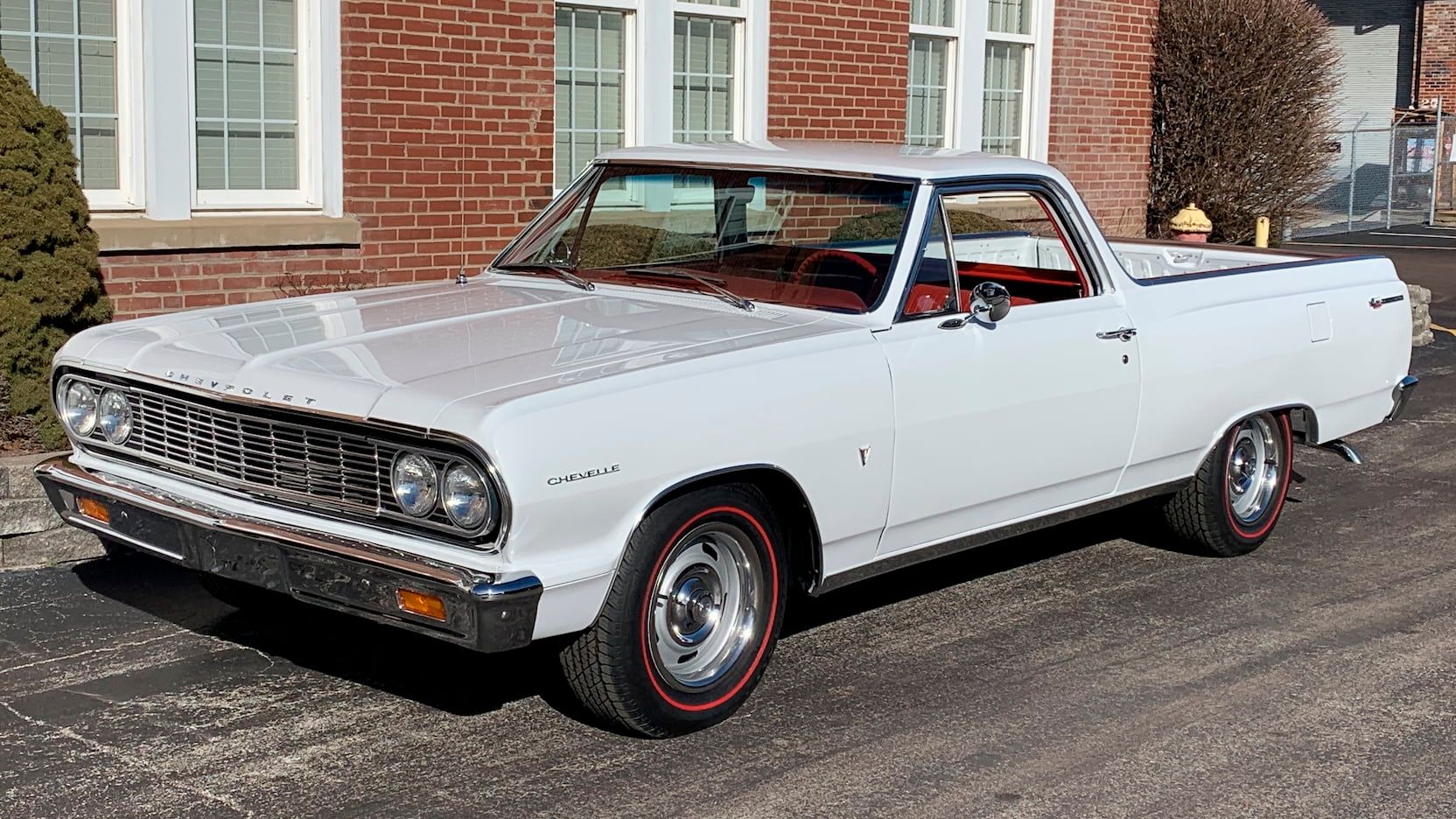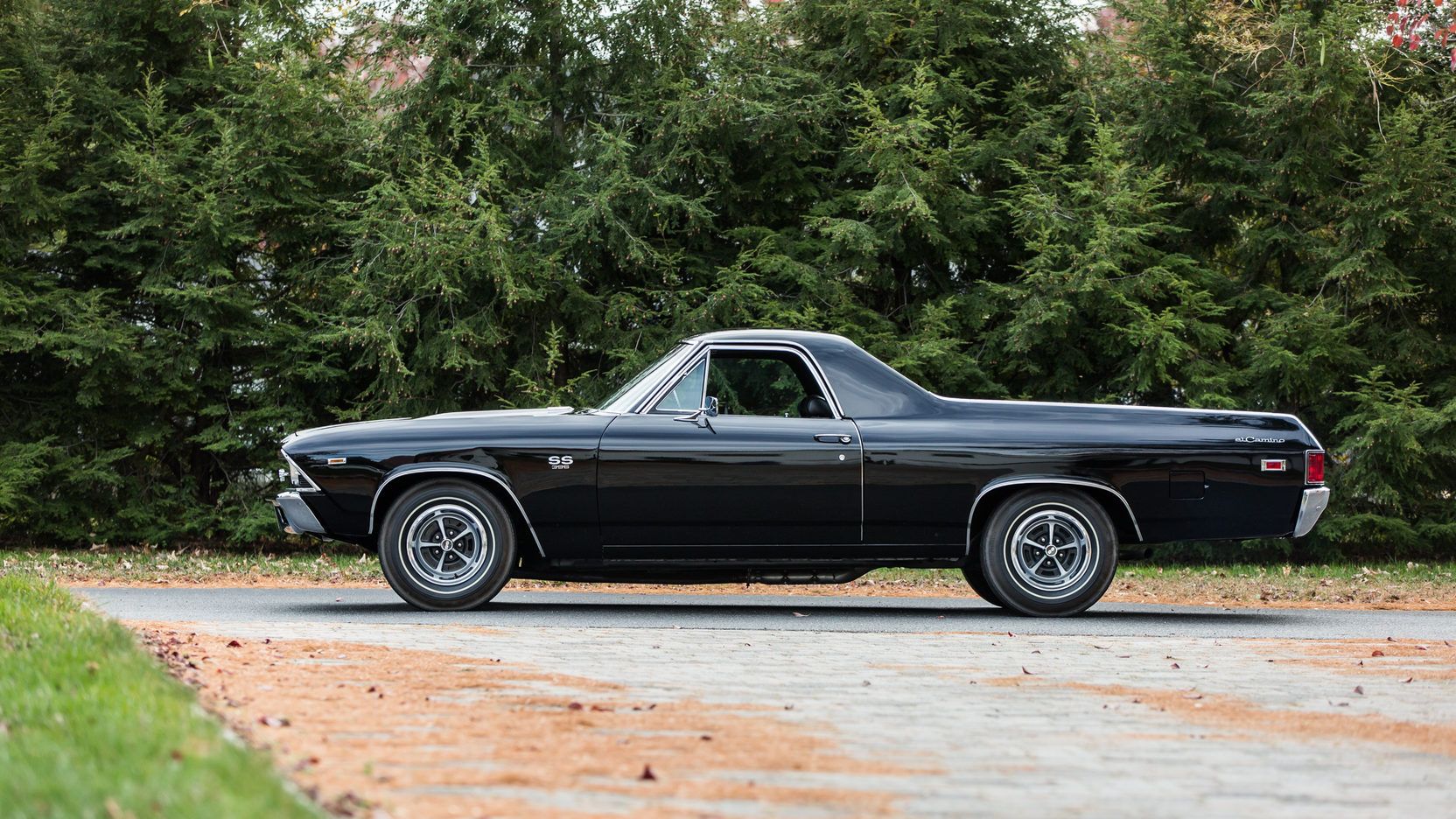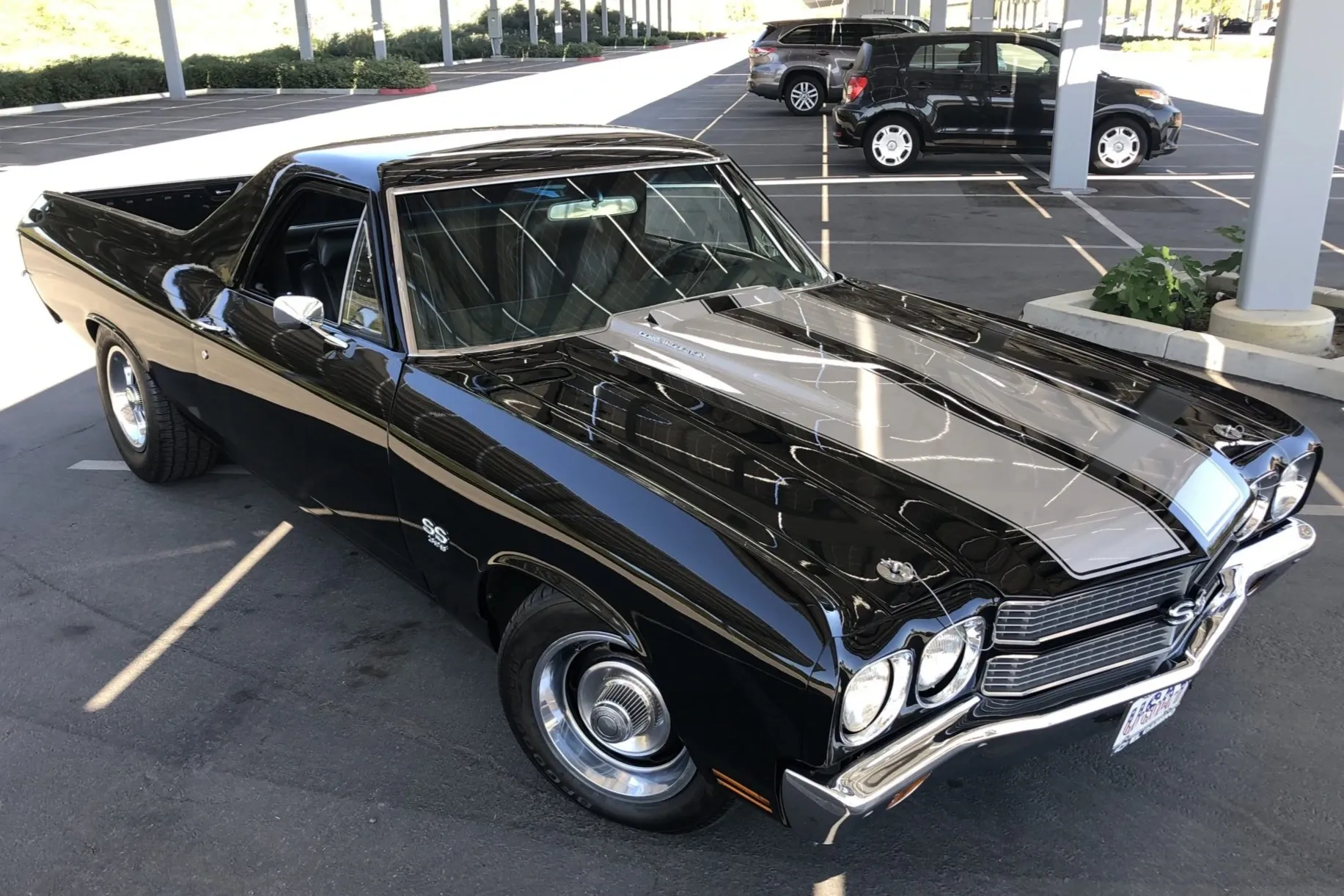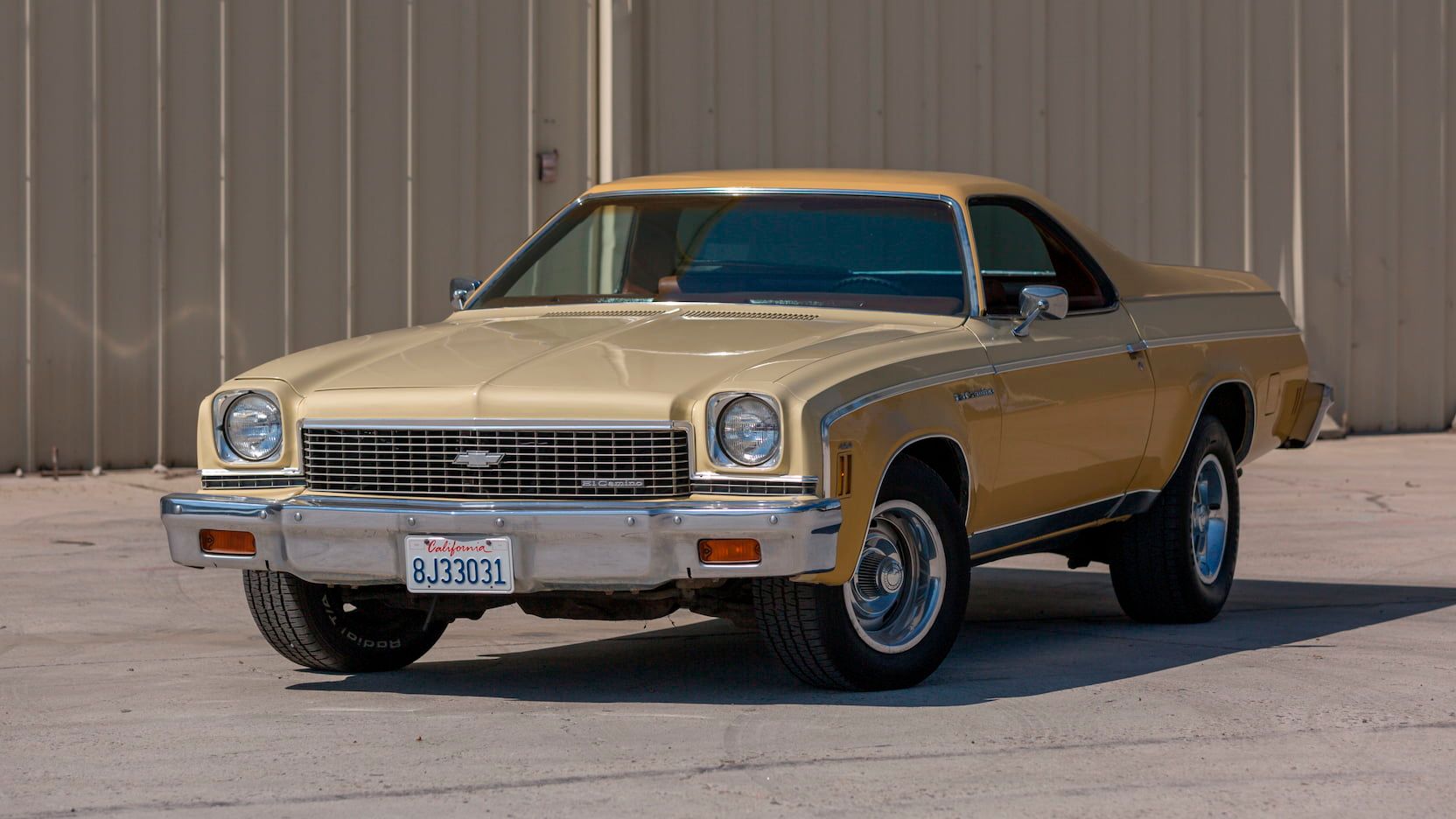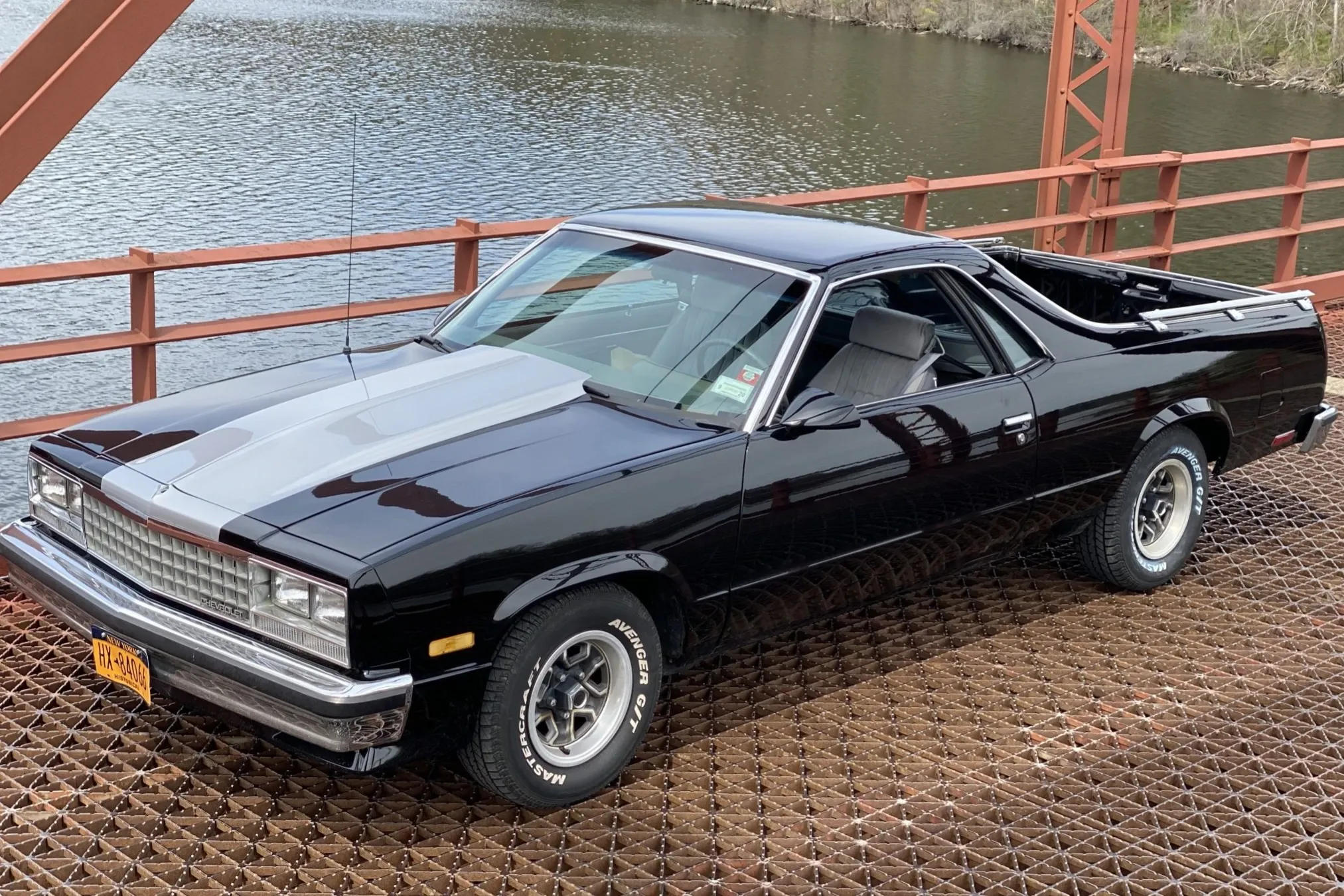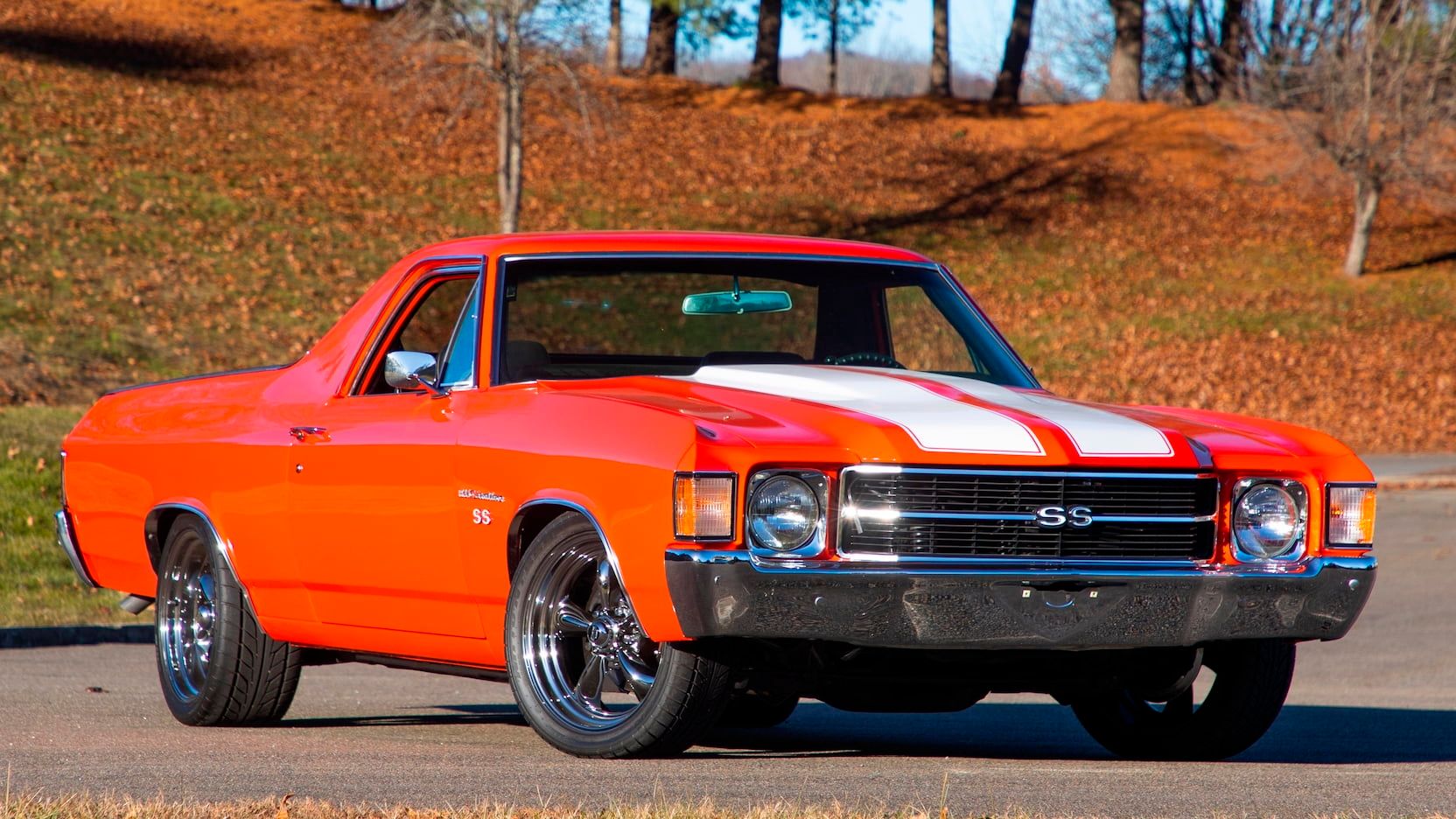Long before the Chevrolet El Camino and the Ford Ranchero were introduced to the United States, the people of Australia had a vehicle that offered them the best of both worlds. It was a utility vehicle known as the "Ute," which could put in a full day's work on the farm and still take the family to church on Sunday. That is the story behind the idea, anyway, as told through the ages. The one thing that is true for sure is that the Chevy El Camino was a fun little car-turned-truck to have. Let's dig into the car a little deeper and find out why this is.
Produced To Match Australian "Ute"
The "Ute," as it is fondly known in Australia, is a utility truck that is a half car, half truck, and able to conduct any task it is asked to do. The success of the vehicle was brought to the states and was put into motion as a large utility vehicle based on one of their current production line vehicles. Probably not the one that most would think, though, because it would be assumed that it would need to be a truck foundation for it to be helpful. The fact is that the Chevy El Camino was a station wagon with the back chopped off and turned into a bed.
Designs Were In The Works Long Before Ford
Chevrolet could have had the first combination car and truck for sale on the market because the engineers had plans for the El Camino in the early '50s, but the design was put on hold in favor of the models that the company knew would continue to sell. This created a marketing frenzy throughout the first year of production as Chevy tried to take a majority corner of the market. After that first year, the El Camino was advertised in an attempt to save the design from early retirement.
Created to Compete With Ford Ranchero
Most people know that the Ford Ranchero was the first to go to market with the utility vehicle design in 1957. The Chevy El Camino came shortly after the company saw how popular it was with the American people for the 1959 model year. It is a reasonable assumption that the Chevrolet El Camino would have never been created if Ford had never stepped forward with the design. Of course, that is just speculation because since it did not roll that way, there is truly no way of knowing if Chevy would have gone forward with their design or not.
Bad Seller At First, So It Was Discontinued In 1960
In 1959, the Chevy El Camino's sales were very good, with the company reporting selling around 22,246 copies for the model year. The following year brought some upgrades to the El Camino that should have made it more popular, but the luxury additions to the base model had the opposite effect. So much so that sales dropped to a mere 14,163 vehicles, making the car manufacturer pull the plug on the iconic utility vehicle for several years until production once again started in 1964.
Brought Back To Life In 1964 Using The Chevelle
1964 brought the El Camino back to the market using the foundation of the new Chevy Chevelle wagon. The new vehicle was created with a fully boxed frame and air shocks on the rear to allow for heavy loads. These shocks were discontinued in the 1967 model year but worked exceptionally well for the purpose for which they were designed. The engines that came with the first models of the second generation were six cylinders or small V-8s. Not until '66 and '67 would it come with the option of having a high-performance V-8 when the SS versions started to become big sellers.
1969 Brought On The SS
In '61, the Super Sport package was available to add to the Chevrolet Impala, but it did not become an offered addition to the Chevy El Camino until 1969. From that moment on, the car-turned-truck was turned back into a car and not just an average daily driver. It became one of the meanest muscle cars on the street, and as the utility vehicle made a name for itself on the streets across America, the El Camino became an icon that stole the hearts of muscle car enthusiasts, young and old.
1970 Included The 454 SS
1970 was the peak of the muscle car era and the beginning of the lineage of cars designed and produced by Chevy that has set records on and off the track. The same year that the Chevelle SS was graced with the 454, the El Camino was as well. Since the El Camino was such a unique car, it was a massive hit for the people that wanted to own a muscle car but preferred the appeal of a truck. 1970 was one of the best-selling years of the Camino. Since the SS was a package that could be added on, it was a common site roaring down the quarter-mile tracks and burning off the rubber weekend gatherings.
1973 Was The Best Selling Year
Even though 1973 brought the demise of the Chevelle SS, it was still a trim option available on the El Camino. That is not why 1973 was the best-selling year for the El Camino, though. This year brought about some serious changes to the vehicle's exterior design, making it more appealing to the truck and car lovers. The Camino got a longer and taller body, and it was offered with luxury packages that turned it into a luxury sedan on the inside and a truck on the outside.
70s Shift Towards Luxury Rather Than Muscle
As the emissions regulations started to come into effect, the appeal of the Chevrolet El Camino began to drop off. Like most other carmakers, Chevy decided to keep their sales numbers up by shifting the vehicles from power to luxury. The muscle car lovers would be upset either way that the company approached the task of meeting the new rules, so they thought if they could attract new customers that they would make it through. Since the El Camino continued to be built until 1987, their ideas must have been successful enough to make the vehicle profitable.
Owned By High-Profile People
Everyone loves to have a vehicle that the rich and famous drive. Even though the Chevy El Camino is not one that you would think of when discussing this subject, the El Camino has been the go-to vehicle for many people that live on the wealthy side of life. People such as Bill Clinton and David Koresh have been fans for several years. To top that list off, the one and only Evel Knievel (Robert Craig) drove around in one when he was not jumping over parked cars.

